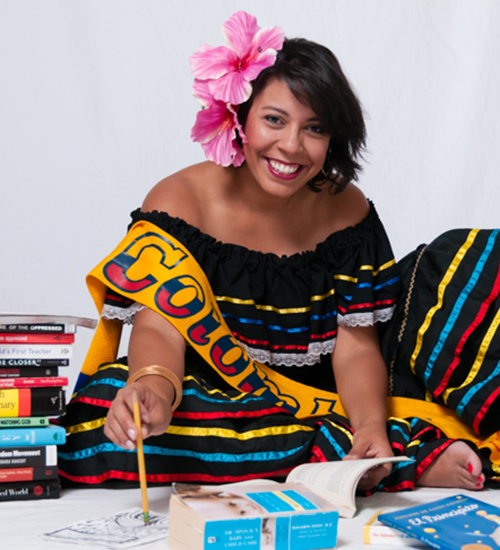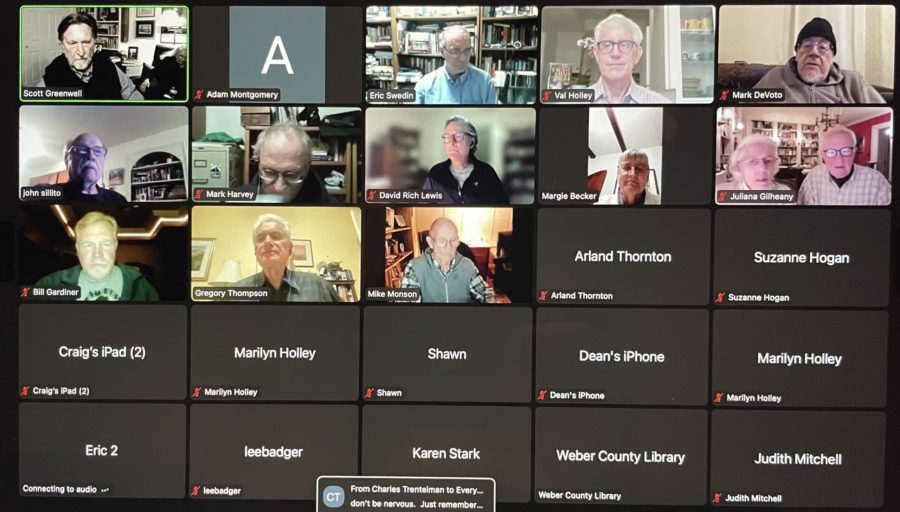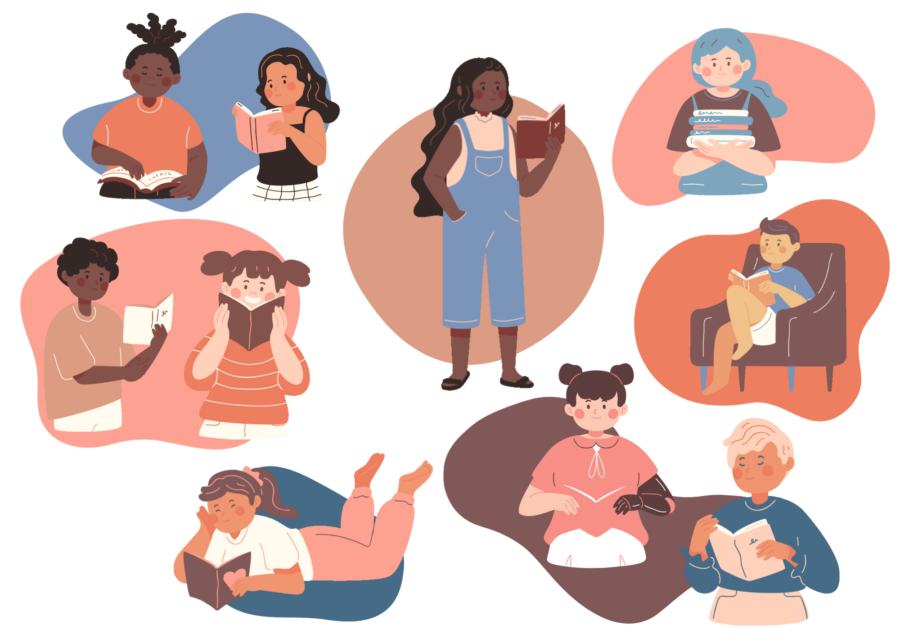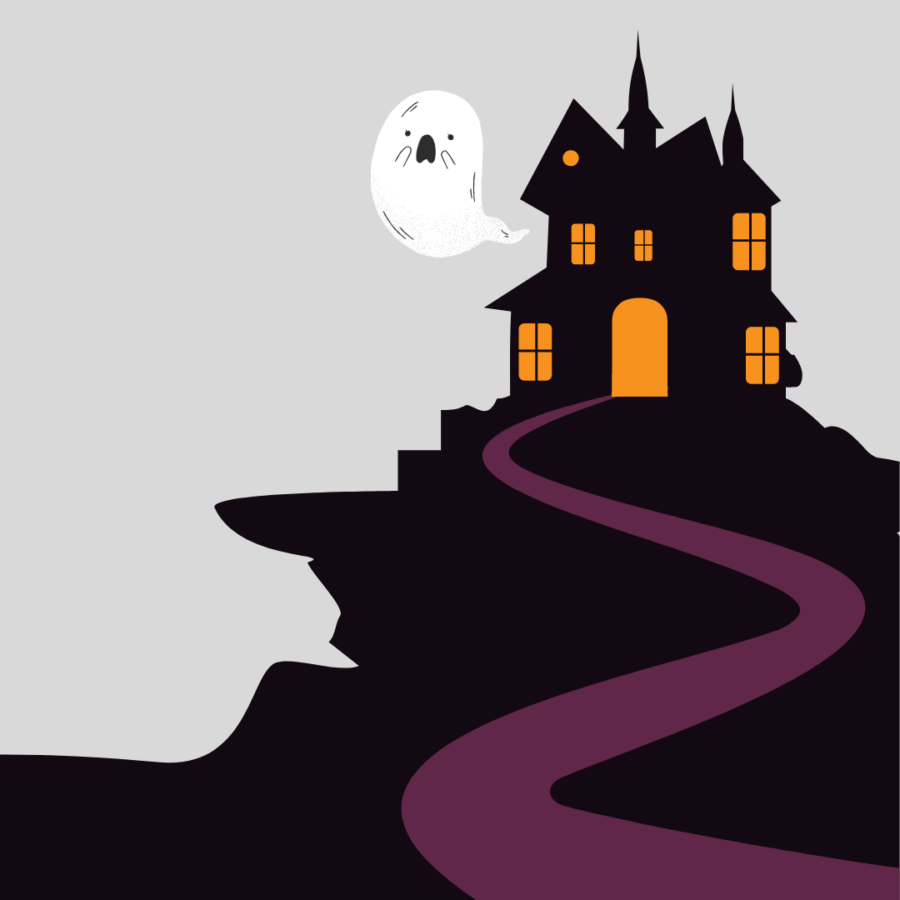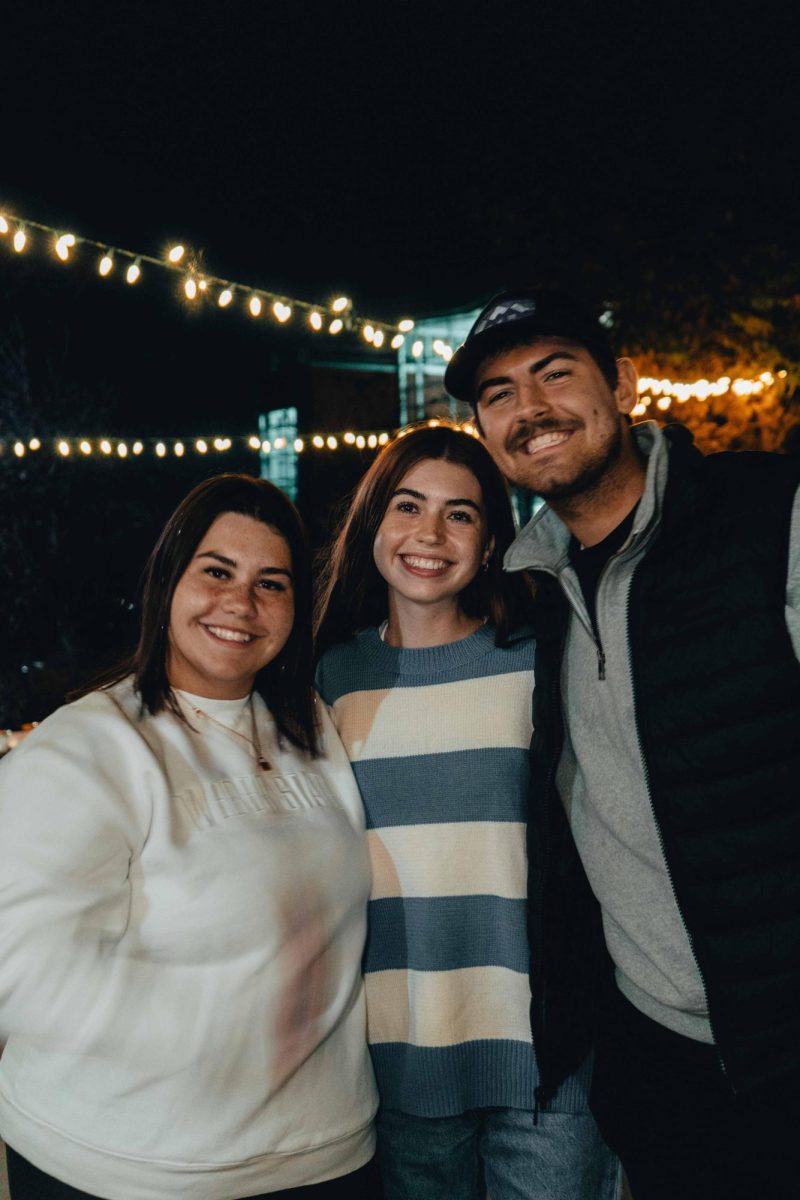Tuesday, Nov. 13 marked the 162nd anniversary of the birth of Robert Louis Stevenson, and it deserves just a touch of recognition. Stevenson was one of the first authors to address his books to younger readers (or, at least, the young at heart) without having to dumb down the language. He wrote classics like “Treasure Island,” “Kidnapped” and “The Strange Case of Dr. Jekyll and Mr. Hyde.”
Stevenson, like J.M. Barrie (the playwright who originally created “Peter Pan”) and Rudyard Kipling (“The Jungle Book”), knew that a load of literary power hid behind the stories of adolescence. Stories of adventure dripped out of his pen, and audiences ate them up. He wrote about pirates and tropical islands, ghosts and ghouls, traitors and antiheroes, and men and monsters.
Most importantly, he dared to construct his novels around brave young people, something many other authors of the day would have deemed crude, unsophisticated or childish. Jim Hawkins (“Treasure Island”) and James Annesley (“Kidnapped”) are two classic heroes in the realm of Tom Sawyer and Scout Finch.
Thus, in honor of Mr. Stevenson’s 162nd birthday, let all those of us who pretended to read his and many other authors’ books in our high-school English classes take a moment to look back on some of the great young-adult books that deserve rereading.
(Note: This list includes classic books that are written for young adults, or at least with young adults as central characters. Works written with adults as the intended audience, like “The Scarlet Letter,” won’t be included on this list.)
- “Treasure Island” by Robert Louis Stevenson. It’s one of the first adventure stories to be taken seriously as literature, and Long John Silver is still one of the most compelling antagonists in the English literary canon.
- “To Kill A Mockingbird” by Harper Lee. Though she really only wrote the one notable work of fiction, Lee knocked it out of the park with her masterpiece set in sleepy, mystical Alabama.
- “The Outsiders” by S.E. Hinton. This book was written by a 16-year-old girl, but you would never guess. It’s meant to be read by seventh-graders, high-school seniors or any adult with a heart.
- “All Quiet On the Western Front” by Erich Maria Remarque. Told from the perspective of a German boy recruited to fight in the trenches of World War I, this book is still one of the best antiwar works ever written.
- “The Hobbit” by J.R.R. Tolkien. It’s about to be a hit film series, but the tone of the lighter, more whimsical “Hobbit” differs greatly from Tolkien’s “The Lord of the Rings” trilogy.
- “Lord of the Flies” by William Golding. Yes, you didn’t really read it in high school. That’s OK. It’s still just as eerie now as it was then.
- “The Chosen” by Chaim Potok. This book about growing up, religion and learning, focusing on two Jewish boys, one orthodox and one less so, growing up in World War II-era New York.
- “Huckleberry Finn” by Mark Twain. This one might not have literally been written for young folks, but the youthful narrator gives this heavy, important work a lighter, even humorous tone.
- “The Catcher in the Rye” by J.D. Salinger. For mature teens only, this book details the rebellion of a teen, Holden Caulfield, in 1951. It’s profane, sexual and brilliant in the way it addresses teenage angst.
- “The Swiss Family Robinson” by Johann David Wyss. The story of the Swiss family who gets shipwrecked in the East Indies is wildly popular, but the book itself isn’t read that often. Wild and full of historical and scientific inaccuracies, this book is still perfect for imaginative readers.


